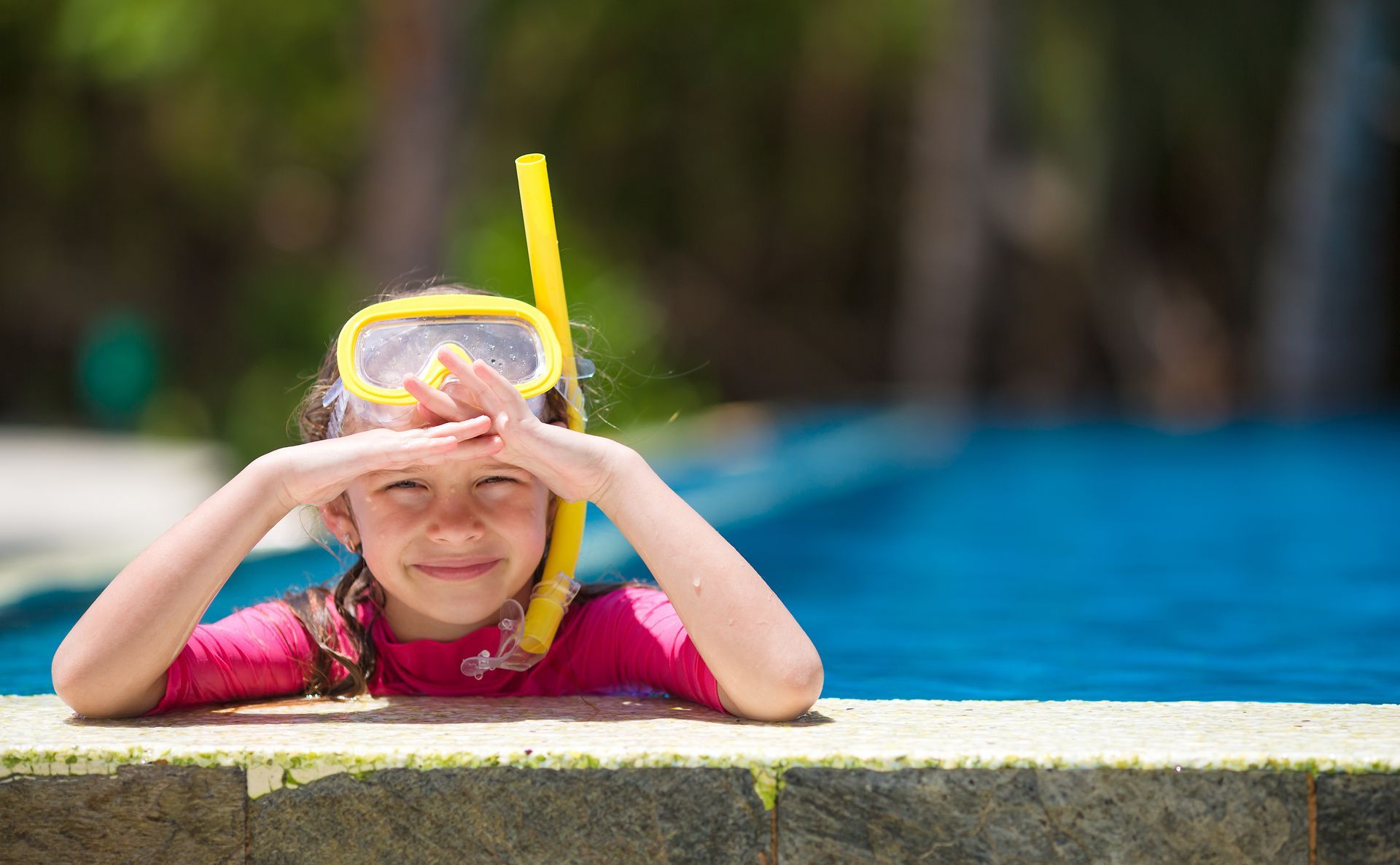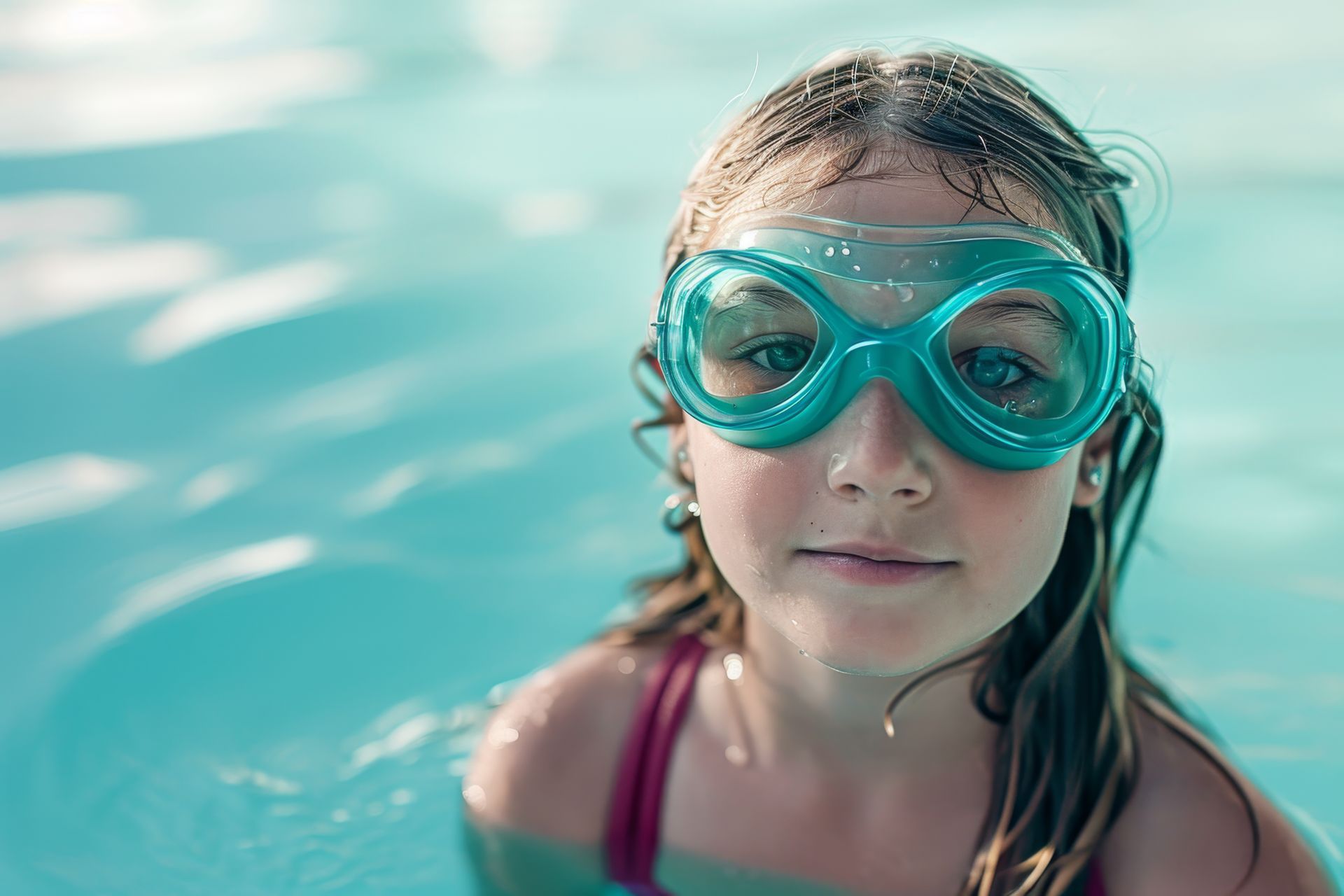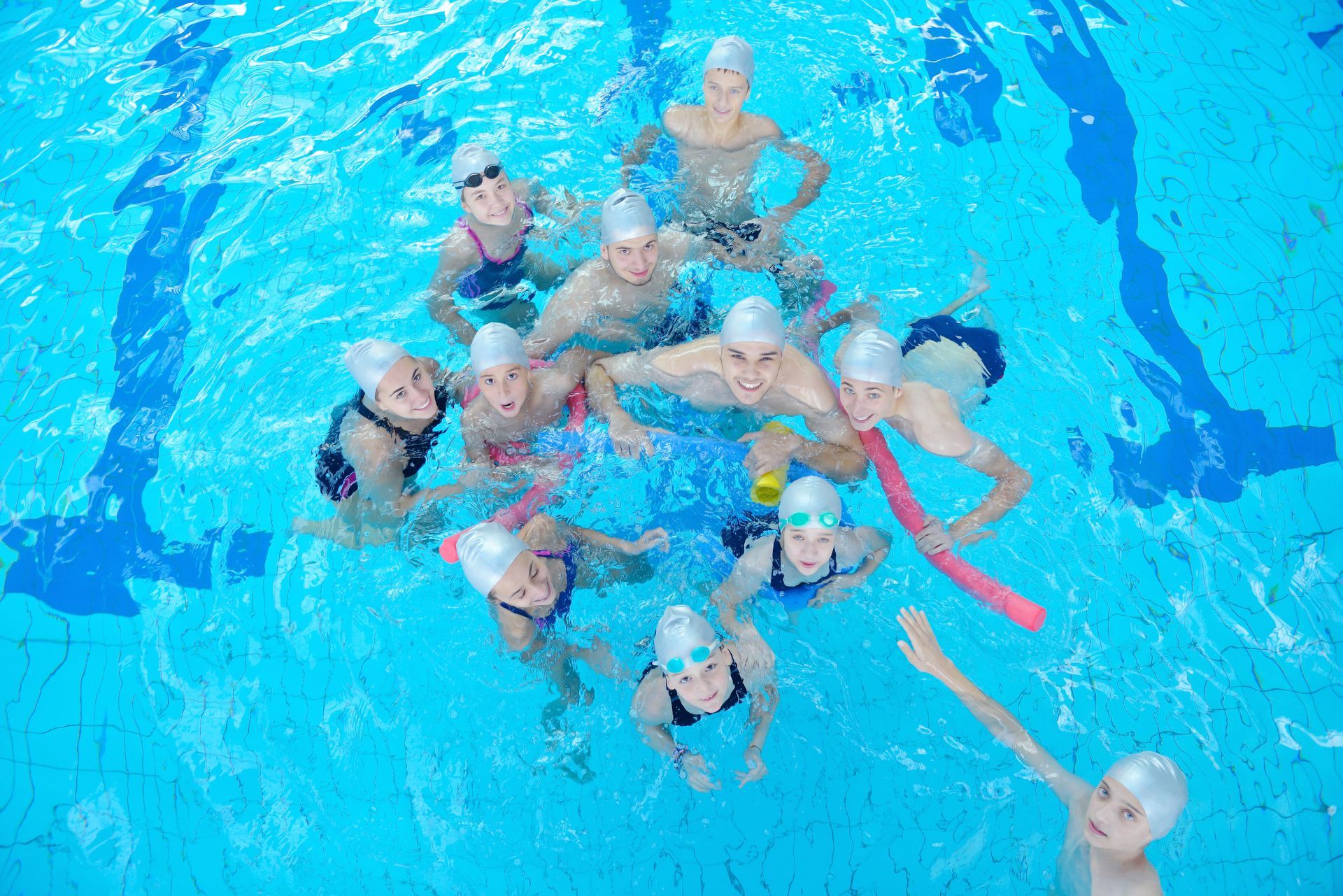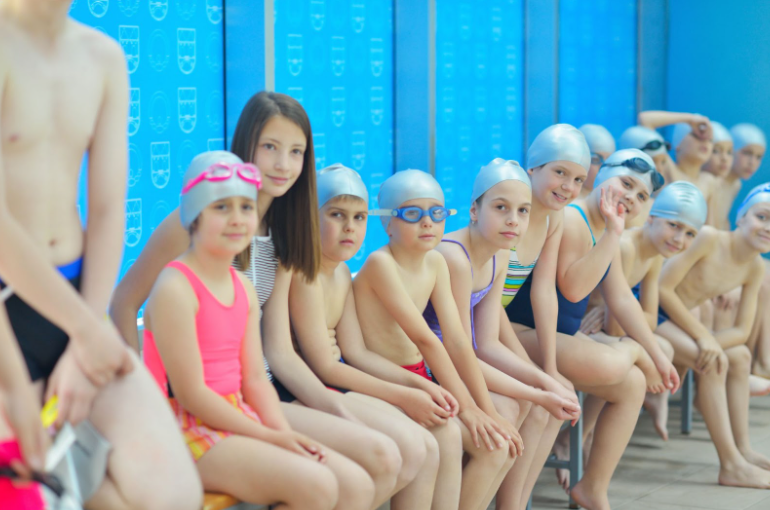Why Circle Swimming Creates Bad Habits
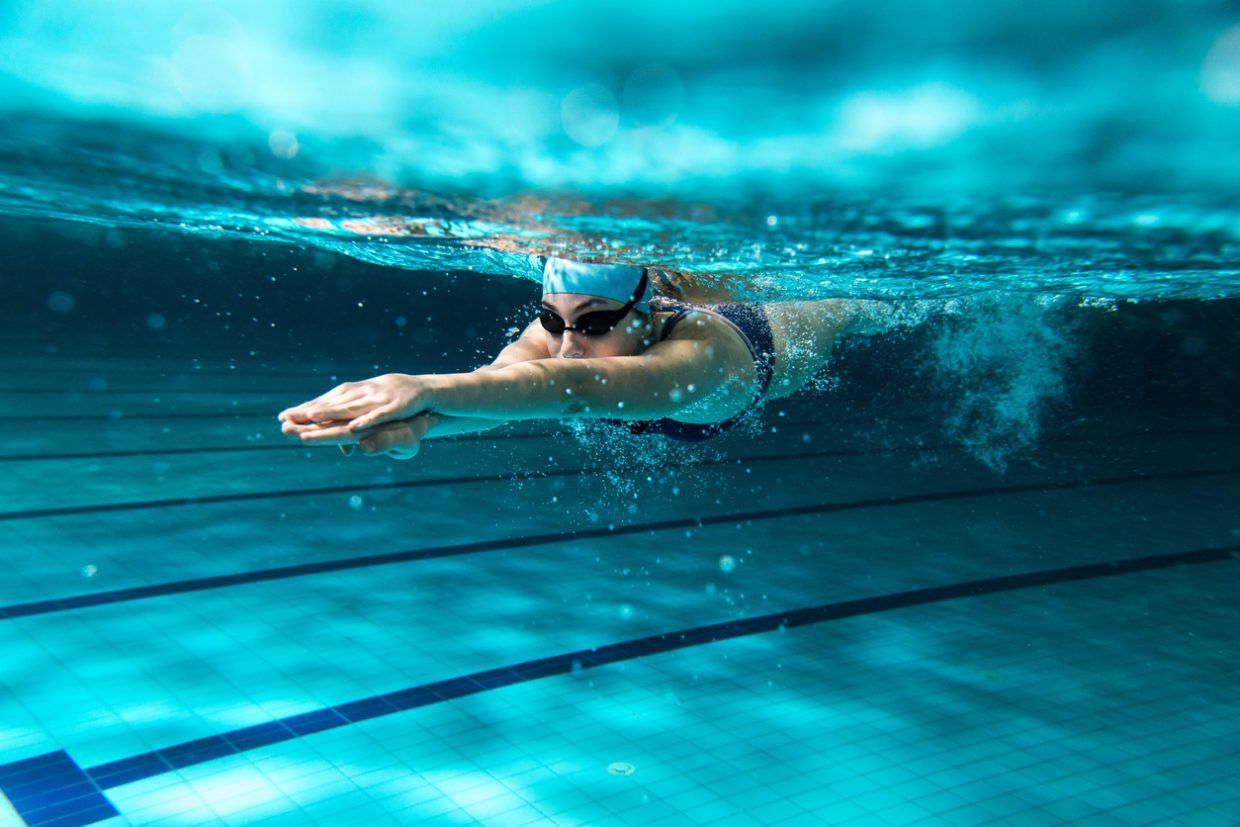
Whether you’re a professional swimmer or a beginner, you’ve likely done circle swimming (swimming up one side of the lane and down the other) at some point in time. There are many benefits to this type of swimming, including accommodating more swimmers and staying physically fit, but it can create some bad swimming habits. Below are some of these bad circle swimming habits and how you can avoid them.
Lazy Turns
With circle swimming, it’s easy to let your turns get lazy. Going up and down the lane so many times is tiring, and it can easily start to affect your turns. Bad foot placement, a loose tuck, and slow rotation are just some of the ways your turns can become sloppy.
Rather than taking extra time to practice turning, make sure you’re doing every turn with real intent while doing laps. Feet should explode from the wall, bodies should be tucked tight, and turning should be done at the right length from the wall. Keeping turns “race ready” while circle swimming helps you keep turns tight, quick, and perfect.
Slow Streamlines
The fastest you will ever go in a pool is when you push off from the wall or dive from the block. No matter how hard you swim, you won’t be any faster than when you first pushed off. With that knowledge, it’s important that every streamline is done with precision and focus—especially while circle swimming . It’s easy to do a beach ball streamline (where it looks like you’re holding a beach ball over your head) while doing laps, but keep your arms in tight and your body tucked with every push-off.
Sloppy Technique
Circle swimming gets both physically and mentally exhausting after so long, so it’s easy to let your technique slip. Whether it’s an improper form in the butterfly stroke or not completely finishing your kicks in breaststroke, it’s easy to let these tired motions become bad habits over time. As you’re doing laps, remember to maintain good technique with some mental reminders like “head down” or “watch your elbows.”
Head-Up Swimming
It’s natural to worry about running into the wall while circle swimming . This may lead to you practicing head-up swimming, which is when you lift your head to see how far the wall is or to observe other swimmers. Doing this increases frontal drag and significantly slows down your pace, and can cause neck problems if done repeatedly. Practice keeping your head down until after you touch the wall. Over time, the worry about colliding with the wall will fade.
Drafting
Circle swimming provides no shortage of drafting opportunities. Even if you’re swimming side-by-side, it can be easy to get caught up in someone else’s wake and have your pacing distorted. However, when done correctly, drafting can improve swim velocity, stroke frequency, and stroke length. While circle swimming, make sure that you practice being both the lead and leg swimmer to get used to the different resistance levels.
While circle swimming isn’t unavoidable, there are things you can do to practice good technique and avoid creating bad habits. If you have further questions about the pros and cons, contact SwimJim. Our experienced trainers are happy to answer any of your questions and show you how to make the most out of doing laps.
The post Why Circle Swimming Creates Bad Habits appeared first on Swim Jim.
